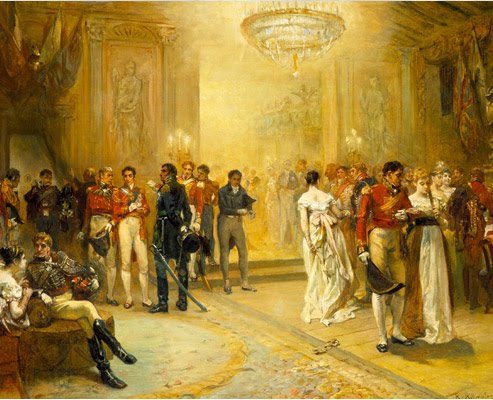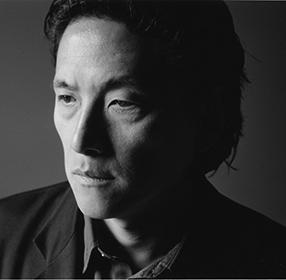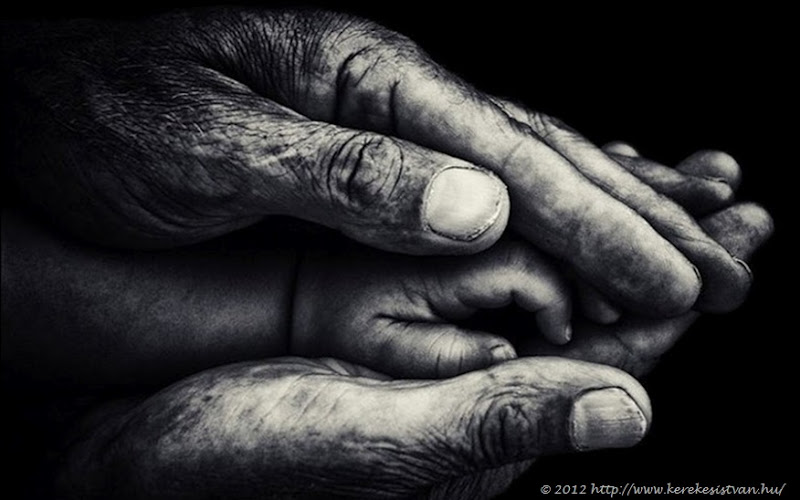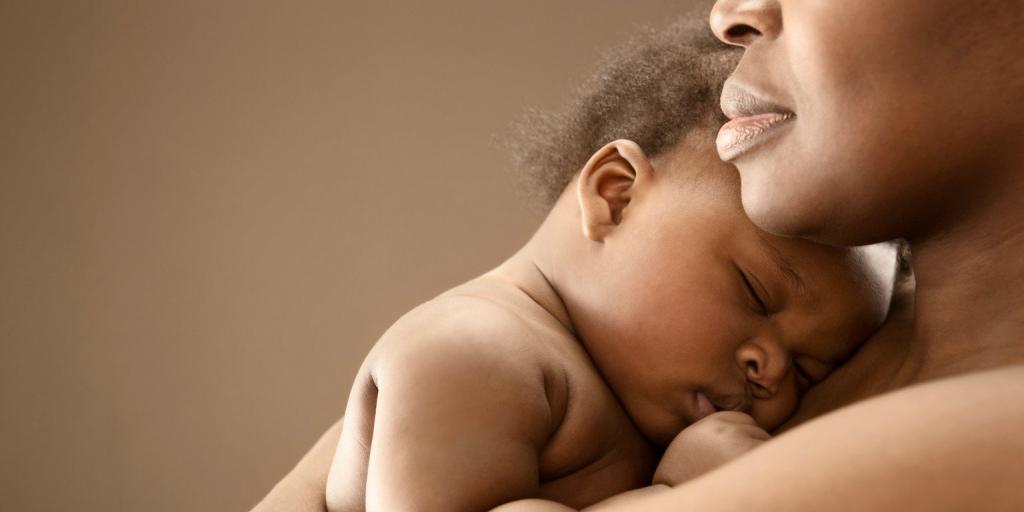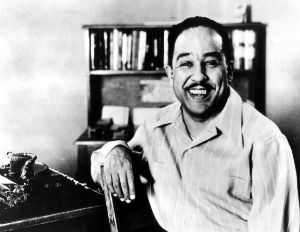Critical Analysis of The Eve of Waterloo:
Among the Romantic poets of the 19th century, certain things are to be found in common. For example, their work often contained ethereal descriptions of nature. Also, they were all more or less influenced by current events, such as the French Revolution and the wars fought by England. Both of these features are also found in Byron’s poetry. However, Byron is evidently more interested in the world of the man than in the world of nature. He is also a poet who depends heavily on his own experiences for the material of his poetry. As we know, he had embarked on a Grand Tour of Europe in his youth. During this very time, Napoleon was at war with virtually all of Europe. The British and the Prussian armies had joined hands in an effort to stop him. In fact, just before the historic Battle of Waterloo at which Napoleon was finally defeated, a smaller but no less intense battle had taken place between the two sides just outside of Brussels.
At that time, Byron was passing through Belgium on his Grand Tour. Hence, he could not have been unaware of the happenings at the Battle of Quatre Bras. He draws on his knowledge of that battle to compose “The Eve of Waterloo”. His description of the Duchess of Richmond’s ball is exquisite, capturing the mood perfectly. The extravagant music, the joy of the revelers and the romance of the young couples are all described in great detail. The shock produced by the sound of the cannon is also captured well by Byron. The dismayed farewells and the hasty preparations of the soldiers are very poignantly depicted. What Byron wants to show us is that situations can change in the blink of an eye. Even though we are reluctant to accept it, those sudden changes can be very unpleasant at times. The only thing we can do is always to hope for the best and to be prepared for the worst.
Stanza-wise Annotation of The Eve of Waterloo:
Please note: N= noun, V=verb, Adj=Adjective, Adv=Adverb, P=Preposition, Pr=Pronoun
1st stanza:
Revelry (N): Lively and noisy festivities, especially when these involve drinking a large amount of alcohol
Chivalry (N): Courteous behaviour, especially that of a man towards women
O’er (P): Short form of the word “over”, often used in poetry
Voluptuous (Adj): Relating to or characterized by luxury or sensual pleasure
Spake (V): An older form of the word “spoke”
Hush (V): Be quiet
Hark (V): Listen
Knell (N): The sound of a bell, especially when rung solemnly for a death or funeral
2nd stanza:
Ye (Pr): An older form of the phrase “you all”
’ Twas: Short form of the phrase “it was”
Rattling (V): Present participle form of the word “rattle”, that is, to make or cause to make a rapid succession of short, sharp knocking sounds
Unconfined (Adj): Not confined to a limited space
Echo (N): A sound or sounds caused by the reflection of sound waves from a surface back to the listener
3rd stanza:
Niche (N): A shallow recess, especially one in a wall to display a statue or other ornament
Sate (V): An older form of the word “sat”
Chieftain (N): The leader of a people or clan
Prophetic (Adj): Accurately predicting what will happen in the future
Deemed (V): Past tense of the word “deem”, that is, to regard or consider in a specified way
Peal (N): A loud ringing of a bell or bells
Bier (N): A movable frame on which a coffin or a corpse is placed before burial or cremation or on which they are carried to the grave
Quell (V): Put an end to (a rebellion or other disorder), typically by the use of force
4th stanza:
To and fro (Adv): in a constant movement backwards and forwards or from side to side
Blushed (V): Past tense of the word “blush”, that is, to show shyness, embarrassment, or shame by becoming red in the face
Partings (N): Plural form of the word “parting”, that is, the action of leaving or being separated from someone
Sighs (N): Plural form of the word “sigh”, that is, a long, deep audible exhalation expressing sadness, relief, tiredness, or similar
Mutual (Adj): (Of a feeling or action) experienced or done by each of two or more parties towards the other or others
5th stanza:
Mounting (V): Present participle form of the word “mount”, that is, to get up on (an animal or bicycle) in order to ride it
Haste (N): Excessive speed or urgency of movement or action; hurry
Steed (N): A horse being ridden or available for riding
Mustering (V): Present participle form of the word “muster”, that is, to assemble (troops), especially for inspection or in preparation for battle
Squadron (N): A principal division of an armoured or cavalry regiment, consisting of two or more troops
Clattering (V): Present participle form of the word “clatter”, that is, to make or cause to make a continuous rattling sound
Impetuous (Adj): Moving forcefully or rapidly
Ranks (N): Plural form of the word “rank”, that is, a single line of soldiers or police officers drawn up abreast
Ere (P): An older form of the word “before”
Thronged (V): Past tense of the word “throng”, that is, to flock or be present in great numbers
Foe (N): An enemy or opponent
Poetic Devices in The Eve of Waterloo:
Rhyme scheme:
Each of the 5 stanzas in this poem follows the same rhyme scheme, that is, ABABBCBCC. This rhyme scheme is known as the Spenserian stanza, after Edmund Spenser who invented it.
Rhetorical devices:
Metonymy:
This rhetorical device consists of the substitution of the name of an attribute or adjunct for that of the thing meant. In this poem, the poet uses the device of metonymy in the 3rd line of the 1st stanza when he writes the words “beauty” and “chivalry” to mean the noble ladies and gentlemen respectively.
Simile:
This rhetorical device is used when an overt comparison is made between two different things. In this poem, the poet uses the device of simile in the 8th line of the 1st stanza when the poet compares the Duchess’s party with a marriage bell, saying both produce equally happy sounds and also uses the word “as” while making this comparison.
Metaphor:
This rhetorical device is used when a covert comparison is made between two different things or ideas. In this poem, the poet uses the device of metaphor in the 7th line of the 2nd stanza when he compares the sound of the cannon with that of thunder since he says that the sound will be echoed by the clouds.
Personification:
This rhetorical device is used to bestow human qualities on something that is not human. In this poem, the poet uses the device of personification in the 4th line of the 3rd stanza with respect to death. He imagines death to be a human figure having ears and capable of hearing.
Central Idea of The Eve of Waterloo:
The Duchess of Richmond has thrown a ball in Brussels, and all the officers of the British and Prussian armies are attending. They are dancing in joy and some are even falling in love. Suddenly the sound of the French cannon is heard as Napoleon’s army is approaching the city. To everyone’s shock and dismay, brief goodbyes are said and that soldiers form into squadrons, ready to depart to the battlefield. The commoners are left standing in fear and telling each other that the enemy is at the gates of their city.
Themes of The Eve of Waterloo:
The transition of mood:
This poem deals most extensively with the change of mood as a result of the approach of Napoleon’s army towards Brussels. All the soldiers are happy that in the midst of war, they have been thrown a ball at which to enjoy themselves. They are at their most relaxed, dancing to the rising crescendo of the music until the wee hours of the morning. They are able to enchant the fair ladies who are at the ball as well, and each group enjoys the other group’s company. Even when the sound of the cannon is first heard, the revelry does not come to a stop. It is only when the sound comes so near that it cannot be ignored any longer that the soldiers acknowledge that war is imminent. Then they say their goodbyes in haste and start mounting their steeds and their vehicles. They must draw away from the joyous ball into the threatening world of warfare. Byron captures this transition of the mood from happiness to apprehension and dreads very well.
Hope for the best, be prepared for the worst:
All the British and Prussian soldiers knew that Napoleon was on his way to Brussels, but they did not know when he would arrive with his army. So they decided to make the most of their time. This is usually what happens at intervals between the battles in a long war. When the Duchess of Richmond threw a ball in their honor, all the officers thought it would be good for them to attend and to relax. They would not be achieving much by abstaining from all joyous occasions because they were in the midst of war. They were hoping for the best. However, as soon as it became evident that the French troops had approached the city, they started preparing for the worst. They armed themselves and formed into ranks, ready to march off into the battlefield. They said goodbye, providing no assurance of their return. This readiness for action is praised by Byron, even though he does not say it in so many words.
The Tone of The Eve of Waterloo:
The tone of this poem undergoes drastic changes. It changes with the mood of the revelers, joyous at first and then apprehensive at the first sound that appears to be thunder. The tone changes to one of readiness and determination at the prospect of war once the soldiers realize that it is the sound of the French cannon that they have heard. The only person whose mood remains constant throughout the poem is the Duke of Brunswick. He is not able to fully enjoy himself at the ball for he is mourning the loss of his father, and when he hears the cannon for the first time, he is not mistaken about it like the others. He is filled with thoughts of revenge and goes to battle in that mood. The next day, he is killed while fighting fiercely in hopes of avenging his father’s death.
Conclusion:
“Eve of Waterloo” is one of the finest poems by Byron. He describes events that were current in his own time. He also describes the change from joy to shock and dread very accurately. Most of all, he captures the fact that it is a historic day that he is describing.
Some online learning platforms provide certifications, while others are designed to simply grow your skills in your personal and professional life. Including Masterclass and Coursera, here are our recommendations for the best online learning platforms you can sign up for today.
The 7 Best Online Learning Platforms of 2022
- Best Overall: Coursera
- Best for Niche Topics: Udemy
- Best for Creative Fields: Skillshare
- Best for Celebrity Lessons: MasterClass
- Best for STEM: EdX
- Best for Career Building: Udacity
- Best for Data Learning: Pluralsight


